



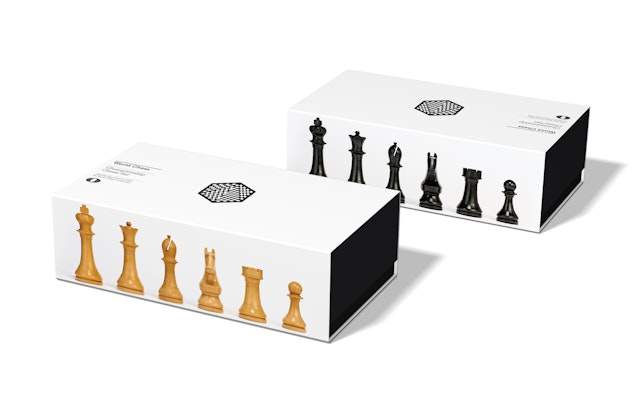

Pentagram created an experience that is a study for the player, an embodiment for the brand and a set for the camera and the audience who are watching.
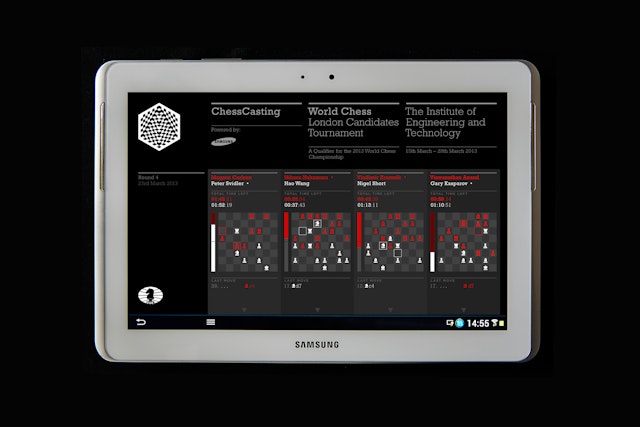
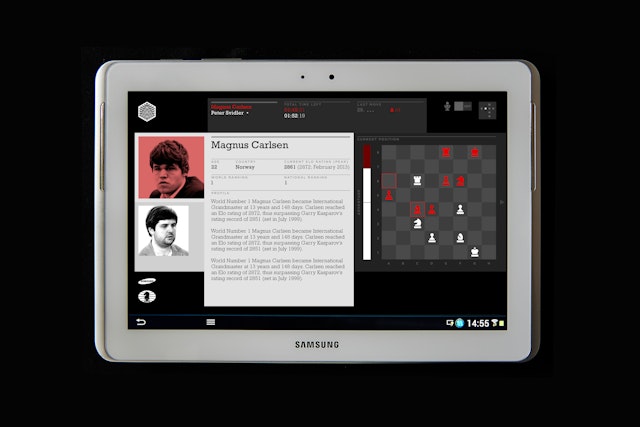
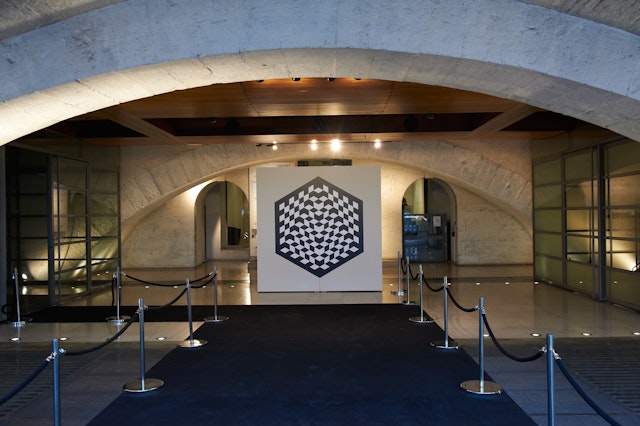

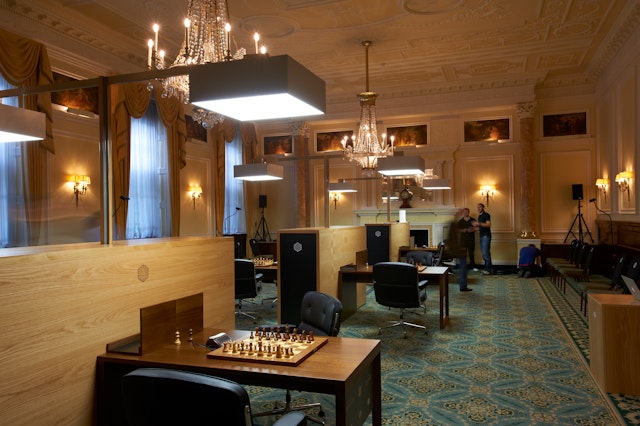

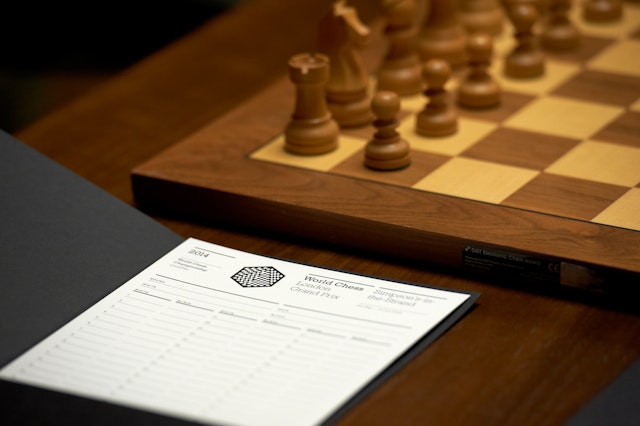

In 2011 entrepreneur Andrew Paulson acquired the rights to the World Chess Championship. He asked Pentagram to re-enoble chess by branding the pinnacle of chess; giving the World Chess Championship an identity, campaign and experience that could restore its reputation as a contest between the world’s greatest minds and capture the interest of a new generation.
Pentagram first named Paulson’s organisation World Chess, this reflected the World Chess Championship and chess as a world game. This led to a system of names for each competition: World Chess Championship, World Chess Blitz Championship, World Chess Junior Championship, and so on.
With the names in place, Pentagram chose to bring World Chess alive through the qualities of intelligence and intensity; the exceptional intelligence needed to process every possibility and permutation that can play out across the 64 squares, and the heightened intensity of winning or losing a contest against a mind that proves itself to be superior or inferior to your own.
An identity was created using only black and white; the colours of chess pieces, but also the purest colours of opposition. The identity features a symbol for the absorbing complexity of the game, a ‘chess world’ in hexagonal form that presents a trompe-l’oeil three dimensional board in which many different permutations can be seen.
A smaller version of the symbol was created for broadcast and webcast purposes as well as a moving version of the identity for broadcast and webcast title sequences.
A promotional campaign was created based around the line “The best mind wins.” Executions promoting each qualifying tournament as well as the Championship final feature black and white illustrations by guest illustrators that portray both the intelligence and intensity of the game. The first executions, promoting the London Grand Prix qualifier at Simpsons-in-the-Strand, feature two opposing warrior knights whose helmets and armour are as intricate as their thinking and whose tactics are dramatically veiled behind closed visors.
Alongside the work on identity and promotion, Pentagram created an experience that is a study for the player, an embodiment for the brand and a set for the camera and the audience who are watching.
Creating an environment that focussed on the playing experience, Pentagram designed new double chess stations that put each game in its own space to create the feeling of a study rather than a stage. The double chess stations feature two boards either side of a central spine, balanced by double task lights hanging over the boards.
Each board operates in its own discrete space, enabling the player to focus on his or her game. When a player wishes to, her or she can circulate to watch the other boards in progress, drawn by the task lights which suggest other contests happening nearby.
The disciplined and geometric use of oak, walnut and metal suggests both the tradition of chess and its modern relevance. The materials and lighting create a sharp intervention in the period style of Simpson’s Regency Room.
The geometry of the tables, spine and lights all combine to frame the human contest between the players, a set designed for the camera to enable a larger audience to watch and enjoy.
Following the 2012 World Championships, Pentagram designed a chess set for World Chess, which is now the organisation's official set. A limited number of these sets are available for purchase here.
Office
- London
Partners
- Daniel Weil
- John Rushworth
- Naresh Ramchandani
